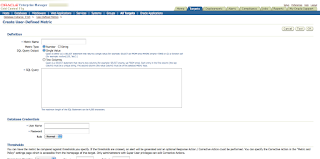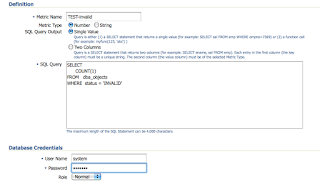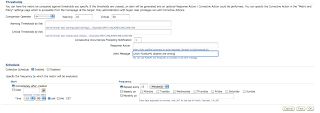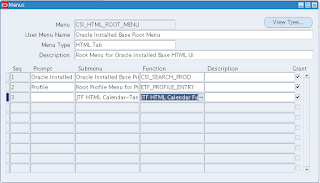You have some options, in the example below I will provide a "up" or a "down" string based upon the status of the interface. However you might also go for a even more simplistic way by returning a zero or one value. the script is based upon the fact that you will provide a parameter with the interface name, for example eth0 or en0. in case you provide a interface name that is none existing get a error message something like "ifconfig: interface eth0 does not exist". You can use the standard option to suppress this error message by using the default way to suppers stderr message by adding a "2> /dev/null" at the end of your script.
#!/bin/bash
IFCONFIG="/sbin/ifconfig $1"
ISIT=`$IFCONFIG | grep "UP" | wc -l`;
if test $ISIT -gt 0;
then
echo "up";
else
echo "down";
fi







